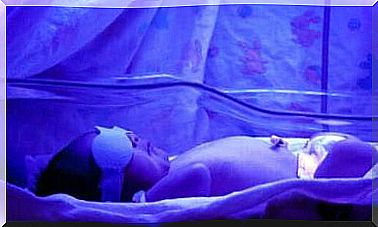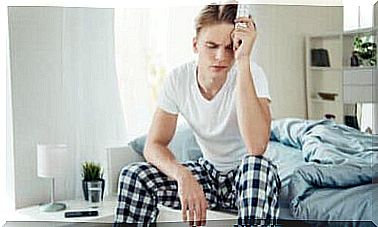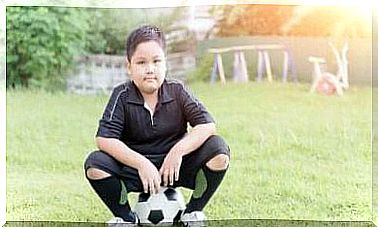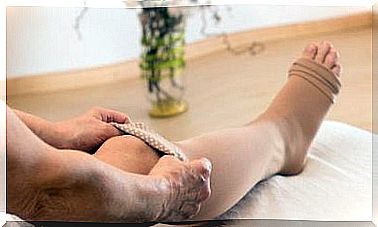Physical Pain And Anxiety, And Their Relationship
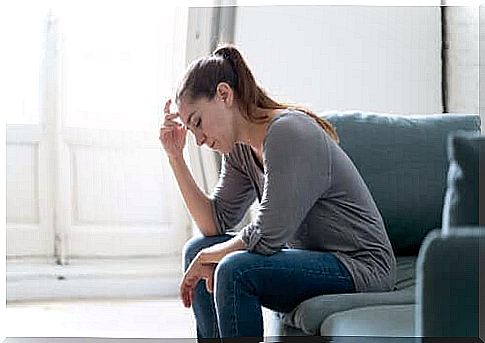
Physical pain and anxiety are symptoms that often go hand in hand. According to a report by the Amercian Psychiatric Association at their 161st Congress, 60% of patients with anxiety also suffer from physical pain. In addition, there is also depression in 80% of these cases.
In another study in the Journal of Affective Disorders, researchers show that 78% of people with physiological problems also develop body-related symptoms, including physical pain.
Although the figures are evidence in themselves, estimates indicate that in 60% of the consultations, physicians were unable to establish the relationship between physical pain and anxiety. This is because a divided approach dominates where they address physical and mental symptoms separately.
Anxiety, a widespread problem
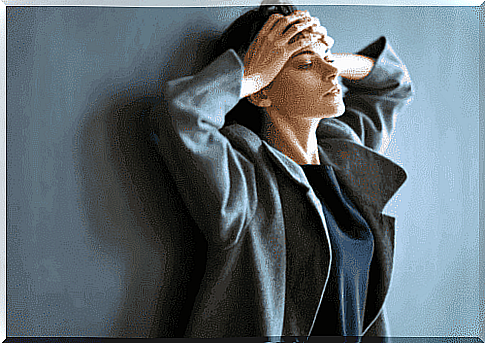
Anxiety is currently a very common problem among the population. And, although it involves emotional distress, it also has something to do with physical symptoms.
Thus, anxiety is an unpleasant condition that all individuals experience, at least temporarily, at some point in their lives. This is because it is a reaction to stimuli that is perceived as threatening. Sometimes these stimuli are real risks and other times they are associated with perceived or imaginary risks.
Excessive stimuli also lead to anxiety. Some believe that living in big cities has a high probability of generating anxiety. These environments involve alarm conditions that generate stress and as a result also anxiety.
There is an imprecise fear when it comes to anxiety, which causes us to create defensive behaviors. In this condition, there are also bodily changes, such as increased heart rate, sweating and faster breathing. Obviously, over time, these physiological changes will also change the function of our body.
A study on physical pain and anxiety
A study, which included 1,317 patients, at 80 health clinics, published by the General Council and Psychology, shows that 981 of the patients had some degree of anxiety.
They found that 59% of patients with anxiety also experienced physical pain. It is clear that there is a close relationship between physical pain and anxiety, but the percentage increased by 19% if there was also a depression. The most disturbing thing about it is that out of all of them, only 17% received some form of treatment for their psychological problems.
Many patients have physical pain for which doctors cannot find an organic explanation. Pain therefore ends up being a way in which some people express their emotional suffering. However, not all doctors recognize or admit this connection.
Physical pain and anxiety
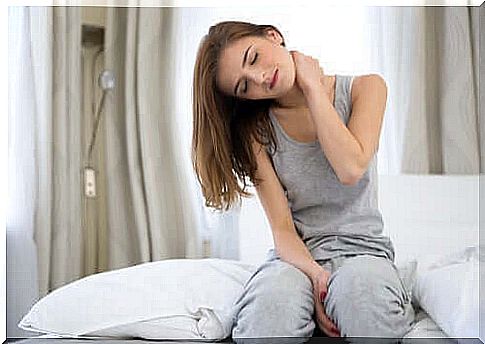
Typically, people with anxiety suffer from headaches, muscle aches, stomach aches and chest pains. Let’s look at why.
- Muscle pain. Anxiety causes muscles to tense. If this persists, more or less constantly, it leads to pain in muscles, as well as the feeling of overexertion and muscle cramps. These pains most often settle in the back and neck.
- Headache. This pain is a form of helmet that covers the head and presses against it. It is also common for there to be a buzzing or tingling sensation in the skull. This is a tension headache caused by the contraction of the muscles of the scalp and neck.
- Stomach ache. Faster breathing can produce flatulence, and nervous conditions also affect digestion. It is common for many people with anxiety to experience abdominal pain.
- Chest pain. Many people also experience chest pain. It causes a lot of worry and can increase anxiety, but it is just a problem related to the muscles, not the heart.
What to do?
The most important thing to do is to admit that we are all prone to anxiety, to some degree. For that reason, we need to choose a lifestyle that allows us to find space for relaxation and pleasure. This is even more true if we experience physical pain and anxiety.
Physical exercise is one of the most effective means of restoring the balance of our emotions. A small training routine of 15 minutes a day is usually enough to make us feel better. It is even better if combined with some relaxation exercises.
In cases where anxiety is advanced, talk to a mental health professional. There are many types of therapy and techniques that can help you deal with your emotions in an appropriate way.
